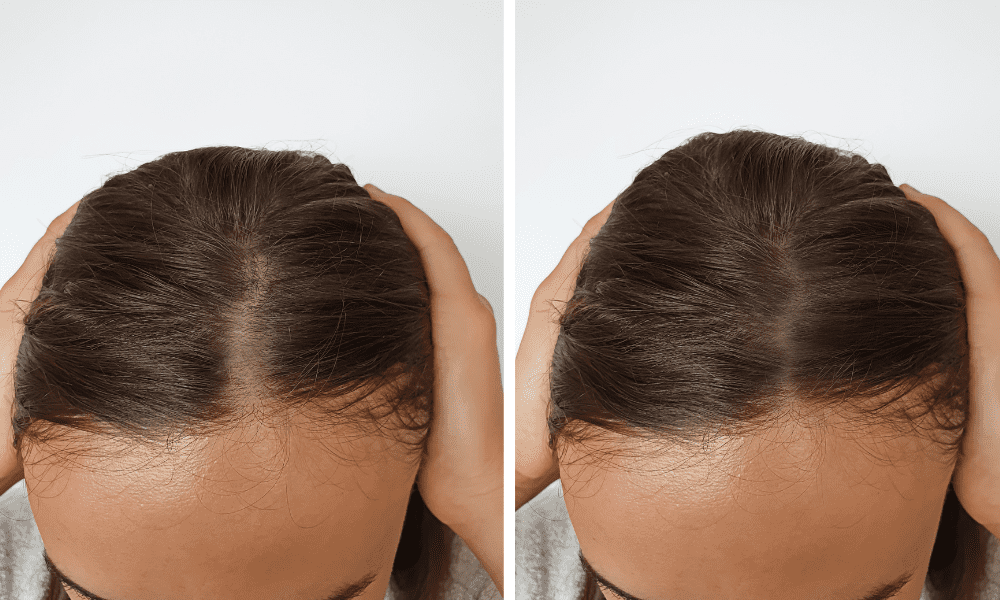Hair loss is a common concern for many people, and there are various treatments available to address this issue. Two popular options are hair plugs and hair implants. Understanding the differences between these procedures can help you make an informed decision about which one is right for you.
Hair Plugs
Hair plugs, also known as follicular unit transplantation (FUT), involve removing a strip of scalp containing hair follicles from the back of the head. These follicles are then transplanted to the balding areas. The surgeon carefully separates the hair follicles into individual units and implants them into the recipient area.
Advantages of Hair Plugs:
- Natural Results: Hair plugs can provide a very natural-looking result, as the transplanted hair grows in the same direction and pattern as your natural hair.
- Long-Lasting Results: The transplanted hair follicles are permanent and will continue to grow for the rest of your life.
- Minimal Scarring: The scar left behind from the donor site is typically well-hidden at the back of the head.
Disadvantages of Hair Plugs:
- Surgical Procedure: Hair plugs are a surgical procedure that requires anesthesia and carries some risks, such as infection, bleeding, and scarring.
- Recovery Time: The recovery process for hair plugs can take several weeks, and there may be some discomfort and swelling.
- Donor Site Scarring: While the scar from the donor site is usually minimal, it can be visible in some cases.
Hair Implants
Hair implants, also known as follicular unit extraction (FUE), involve harvesting individual hair follicles from the back of the head and implanting them into the balding areas. This procedure does not require a strip of scalp to be removed, resulting in a less invasive and less noticeable scar.
Advantages of Hair Implants:
- Minimal Scarring: Hair implants leave behind tiny scars that are often difficult to see.
- Shorter Recovery Time: The recovery time for hair implants is generally shorter than for hair plugs.
- Greater Flexibility: Hair implants can be used to treat a wider range of hair loss patterns, including diffuse thinning and female pattern baldness.
Disadvantages of Hair Implants:
- Longer Procedure: Hair implants can be a longer procedure than hair plugs, as each follicle is extracted individually.
- Potential for Numbness: There is a risk of temporary numbness in the donor area after the procedure.
- Higher Cost: Hair implants are generally more expensive than hair plugs.
Choosing Between Hair Plugs and Hair Implants
The best option for you will depend on several factors, including:
- Extent of Hair Loss: If you have a large area of hair loss, hair plugs may be a better option. However, hair implants can also be used for larger areas.
- Desired Results: Consider your desired outcome and discuss your options with a hair transplant surgeon.
- Budget: Hair implants are generally more expensive than hair plugs.
- Risk Tolerance: If you are concerned about scarring or downtime, hair implants may be a better choice.
Additional Considerations
- Hair Transplant Surgeon: It’s important to choose a qualified and experienced hair transplant surgeon.
- Consultation: Before undergoing any procedure, consult with a surgeon to discuss your options and determine if you are a good candidate.
- Aftercare: Following proper aftercare instructions is essential for optimal healing and results.
Both hair plugs and hair implants can be effective treatments for hair loss. By understanding the differences between these procedures and considering your individual needs, you can make an informed decision about which option is right for you.
